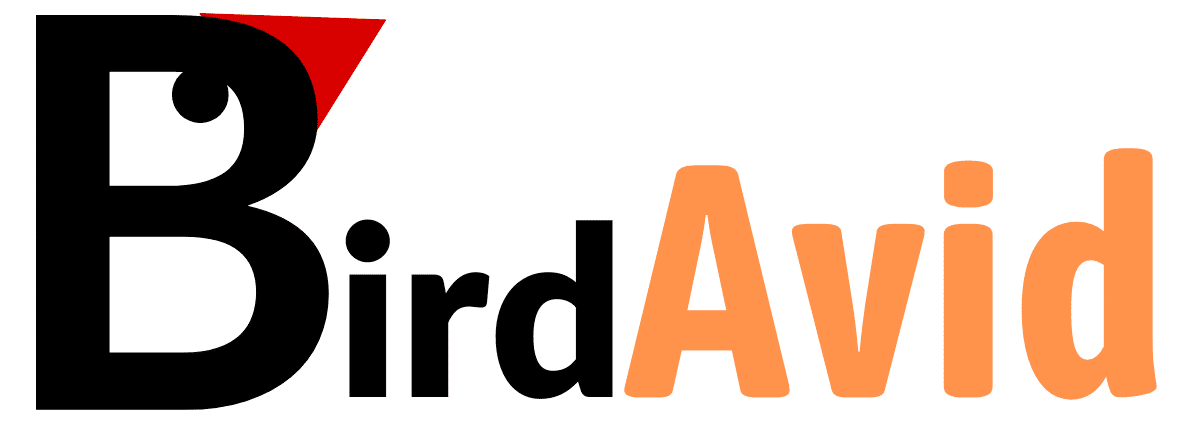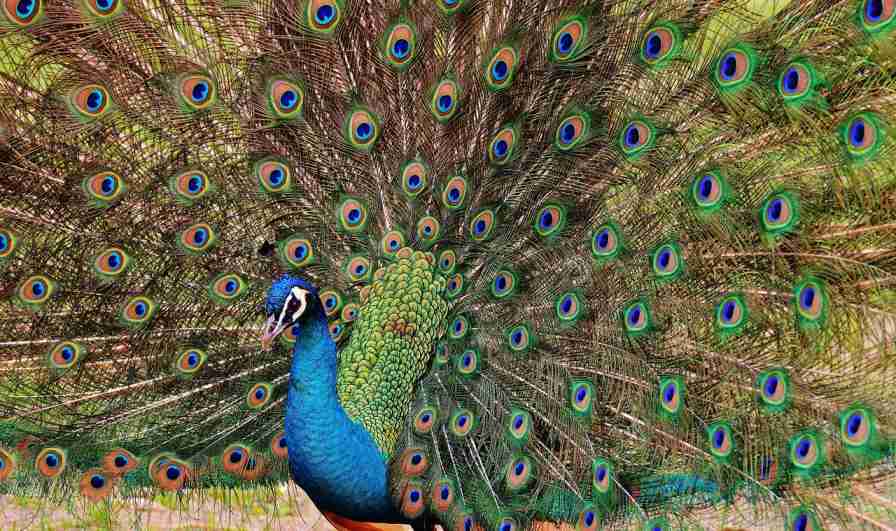Are you curious to know why peacocks spread their feathers? Then read on till the end as I walk you through all the facts, reasons, and interesting information related to the topic.
Why Do Peacocks Spread Their Feathers?
The main reason peacocks spread their feathers is to attract females for mating. However, they are also known to exhibit their typical display in front of inanimate objects like fire hydrants, topiary bushes trimmed in flamingo shape, and even before humans, poultry animals, and pigs.

Usually, you may assume a peacock spreads its feathers only to attract the peahens.
But interestingly, the peacocks, especially the ones in captivity, spread their feathers and show their typical display when they are in front of objects, other animals (like poultry and pigs), and even people.
So what could be the reason behind this behavior? Keep reading to discover!
Important Note: The term “Peacock” mainly refers to the male bird of the species. In contrast, the term “Peahen” refers to female birds of the species. And the overall species is denoted by the term “Peafowl.” Also, the term “Train” indicates the Peacock’s Tail.
#1. To Attract Mates

During the mating season, the peacocks look for potential females for breeding. As a part of their courtship display, the peacock faces the peahen, erects and fully fans out, and spreads his tail feathers.
The peacocks typically display to and mates with 3-5 peahens. (Peacocks are polygamous).
When the peahens approach to display peacocks, the peacock turns away and shows the white rear surface of his tail.

If the peahen follows up with the turning movement of the peacock and thus appears in front of him, the peacock turns to face her head-on, shivering his tail feathers (train).
The peacock then tries to mate with the female making a typical hoot dash movement. In this stage, the peacock drops his tail feathers and rushes towards the peahen, making a characteristic hoot call.
The male mounts over the peahen and copulates, provided the peahen doesn’t evade him and instead stops and squats in front of him, and there is no interference from other males.
Generally speaking, peahens prefer to mate with peacocks that have elaborate trains.
Related Read: Do Peacocks Fly?
#2. To Scare Away Predators Or Rivals
Peacocks are known to be aggressive and fearless birds.
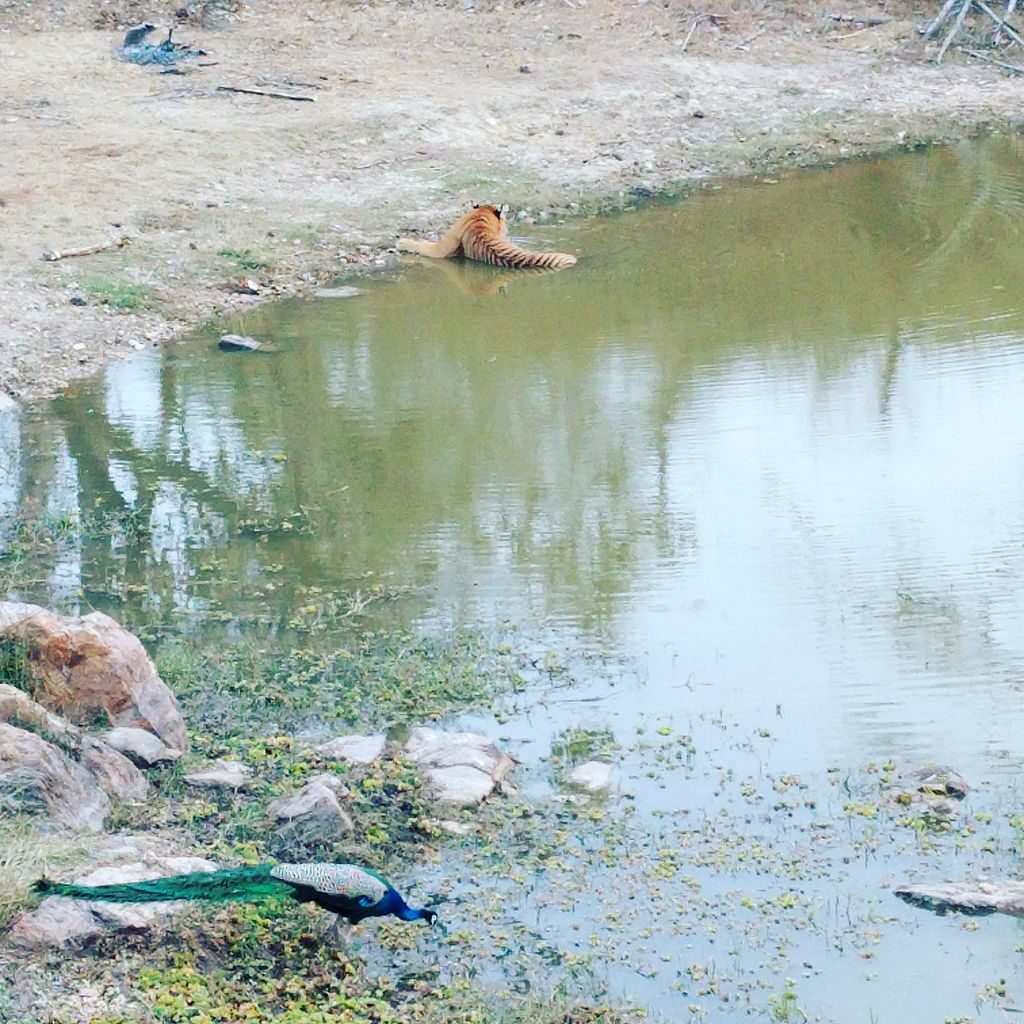
Did you know? In the wild, peacocks don’t fear tigers! Yes, you read it right!
A scholar named George Schaller has highlighted that peafowls at the Kanha National Park In India were not alarmed in a major way by a tiger’s proximity. One cock even walked across a tigress at a distance of 35 ft.
It has been suggested that the peacock’s train, the loud call it makes, and its fearless behavior also serve as an aposematic display to intimidate rivals and other predators.
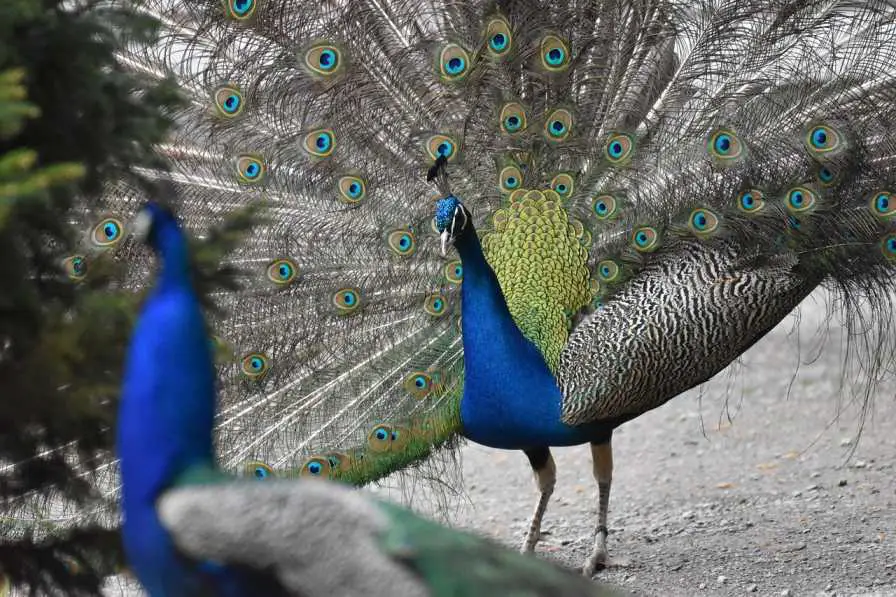
What Is Aposematism?
Aposematism is one of the two contrasting strategies of survival; another one is known as Crypsis.
The species that practice Crypsis (both predator and specifically the prey species) try to survive from the potential predators by staying unnoticed. (They usually tend to remain camouflaged, make less possible sounds, and try to avoid having body odor).
Moreover, as soon as a predator notices these species, they try to escape as quickly as possible. (They are typically good runners).
In other words, crypsis means avoiding detection by blending into the background.
Some of the classic examples of Crypsis are:
- Mantids and Stick Insects
- Leaf-mimicking moths
- Ambush Bugs
On the other hand, the other strategy is Aposematism which we will focus on more here, as it is related to the peacock.
So the species which practice the Aposematic strategy (both predators and especially the prey species) don’t try to hide themselves. Instead, they announce their presence! Some of the characteristics observed in these species are as follows:
- Being more visible because of the contrastive body color
- Having a constant body odor
- Making constant sounds while walking
- Producing stronger smell if needed
- When confronted by a predator, not running away but rather intimidating the predator – by suddenly increasing body size, making threatening sound gestures, and showing fearless behavior.
Moreover, these aposematic species of birds are usually bad at running. Classic examples of Aposematic species include Porcupine and Skunks.
It is important to remember that species following aposematic strategy does not just mean warning colorations.
The species tend to follow all possible ways instead of relying on visual signals.
In the case of peacocks, we can say that they also display aposematic signals. In addition to their colorful tail, they exhibit other elements typical of aposematic species.
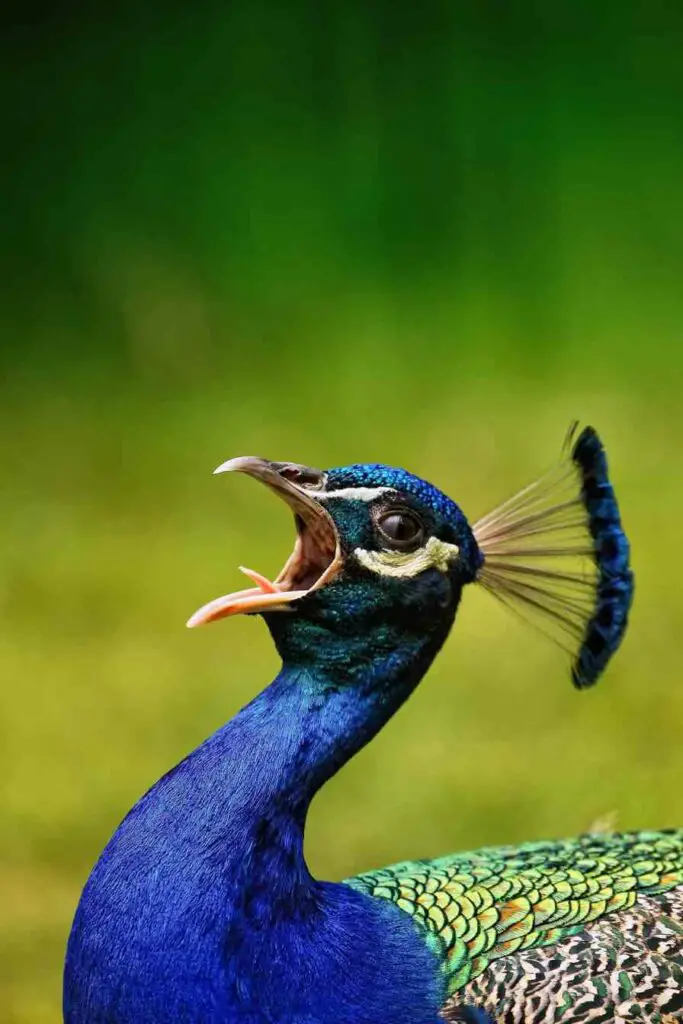
For instance, they have a very strong and piercing voice. You can learn more about peacock sound here.
Furthermore, peacocks also secrete smelly dropping when handled against their will. And they don’t go away even if there is a potential danger nearby.
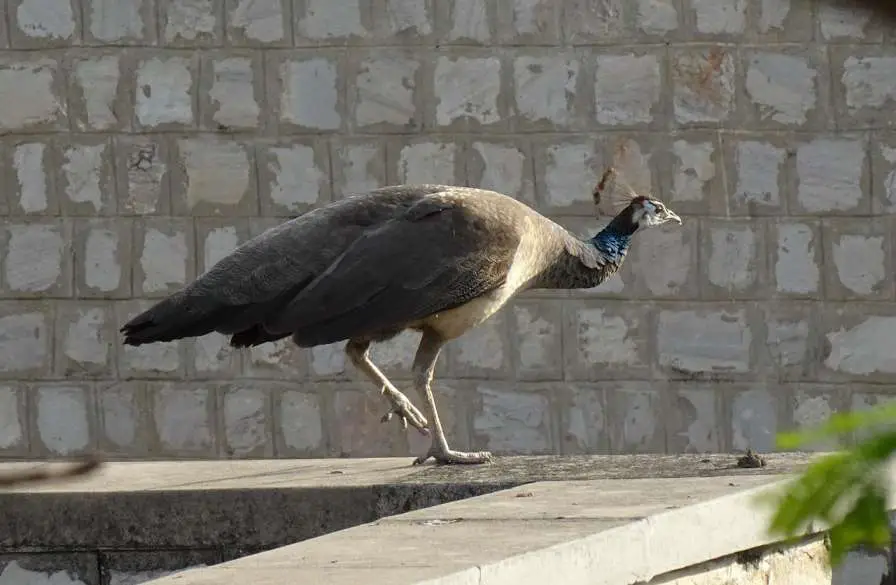
And interestingly, even the peahens exhibit aposematic behavior. Females also use their tails to scare away predators or competitors. They use their smaller feathers when there is a need to defend their chicks from potential predators and intruders.
Related Guide: Peacocks vs. Snakes: Who Will Win?
Final Thoughts
In short, the most likely reason a peacock spreads his feathers is to attract his mate. However, the peacock can also spread his tail feathers to defend himself from predators or intruders.
So the next time you see the peacock fully fanning his beautiful feathers, don’t assume he is showing it just to get your appreciation. The reason could be probably something else as based on what we discussed up till now. Hope that helps 🙂 Happy Birding!
Sources:
- Kannan, R. and D. A. James (2020). Indian Peafowl (Pavo cristatus), version 1.0. In Birds of the World (S. M. Billerman, Editor). Cornell Lab of Ornithology, Ithaca, NY, USA. https://doi.org/10.2173/bow.compea.01
- Jordania, J. (2021). Can there be an Alternative Evolutionary Reason Behind the Peacock’s Impressive Train. Academia Letters.
- Peacock – The Rise and Fall of a Symbol – Joseph Jordania
- Peafowl and Their Care By Waldo Lee McAtee – 1931
- The Encyclopedia of Birds Book
- Petrie, M., Tim, H., & Carolyn, S. (1991). Peahens prefer peacocks with elaborate trains. Animal Behaviour, 41(2), 323-331.
